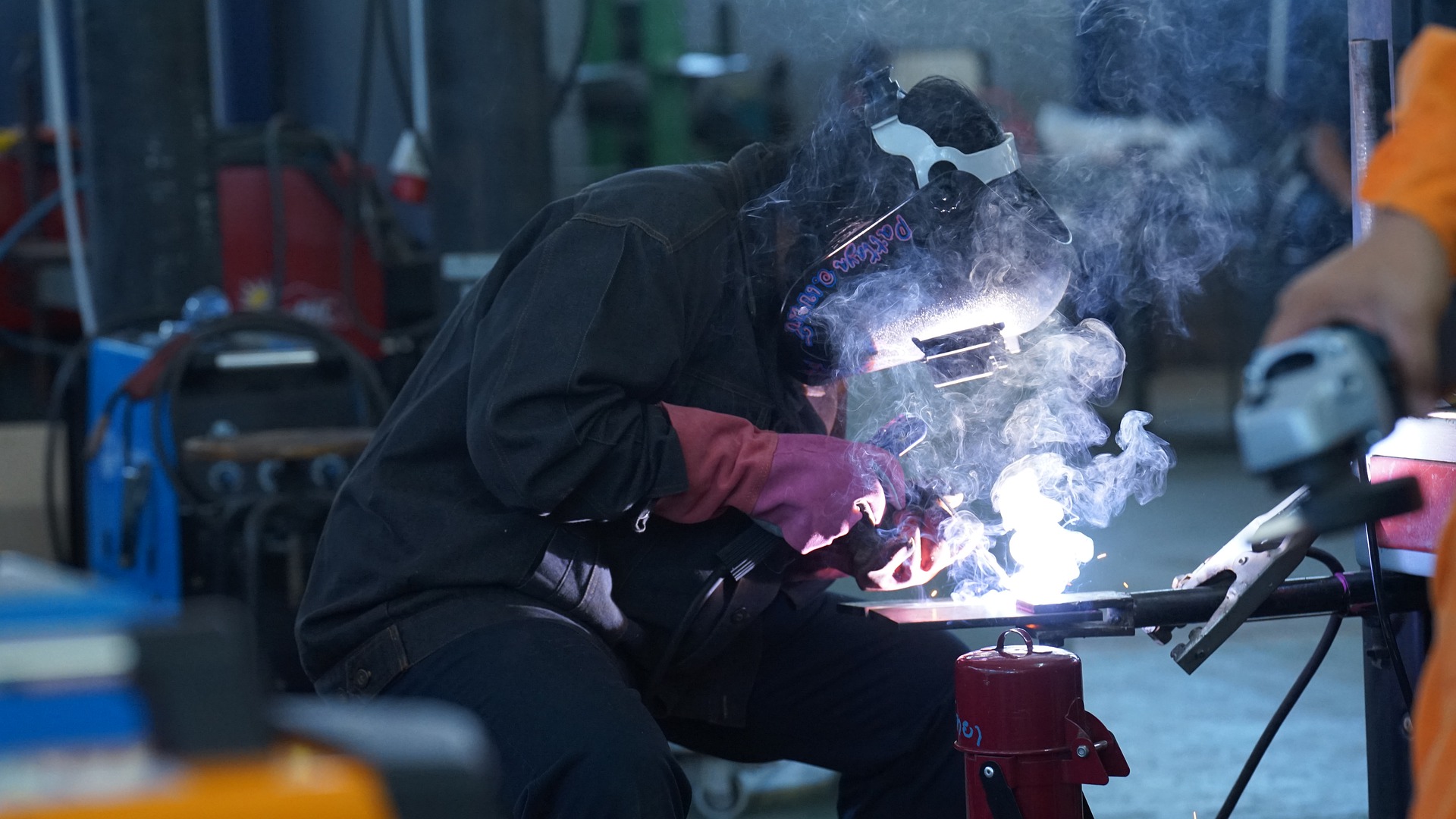The Ultimate Guide to Welding Machines: Types, Uses, and Safety
Welding machines are essential tools in various industries, from construction and manufacturing to automotive repair and artistic metalwork. These versatile devices use heat to join metals, creating strong and durable bonds that are crucial for countless applications. In this comprehensive guide, we'll explore the world of welding machines, their types, uses, and important safety considerations.

The basic components of a welding machine include a power source, electrode holder, ground clamp, and welding cables. The power source provides the necessary electrical current, while the electrode holder secures the welding electrode. The ground clamp completes the electrical circuit, and the welding cables carry the current between components.
What are the main types of welding machines?
There are several types of welding machines, each suited for different applications and materials:
-
Arc Welding Machines: These are the most common and versatile welding machines. They use an electric arc to melt the metal and create the weld. Subtypes include:
-
Stick Welders (SMAW)
-
TIG Welders (GTAW)
-
MIG Welders (GMAW)
-
-
Spot Welding Machines: These are used to join thin metal sheets by applying pressure and passing current through electrodes on either side of the workpiece.
-
Plasma Cutting Machines: While not strictly welding machines, these are often used in conjunction with welders to cut metal precisely.
-
Resistance Welding Machines: These use pressure and electrical resistance to join metal pieces, often used in manufacturing for joining thin metal sheets.
-
Laser Welding Machines: These high-tech machines use focused laser beams to create precise, high-quality welds, often used in automotive and aerospace industries.
What factors should be considered when choosing a welding machine?
Selecting the right welding machine depends on several factors:
-
Type of material: Different metals require different welding processes and machines.
-
Thickness of material: Thicker materials generally require more powerful welding machines.
-
Welding environment: Indoor or outdoor use may influence the choice of machine.
-
Power source availability: Some machines require specific power inputs, which may limit their use in certain locations.
-
Portability needs: For on-site work, lighter, more portable machines may be preferred.
-
Skill level of the operator: Some welding processes are more forgiving for beginners, while others require more expertise.
-
Budget: Welding machines range from affordable hobbyist models to high-end industrial equipment.
What are the key safety considerations when using welding machines?
Safety is paramount when working with welding machines due to the high temperatures and electrical currents involved:
-
Personal Protective Equipment (PPE): Always wear proper PPE, including a welding helmet, flame-resistant clothing, gloves, and safety shoes.
-
Ventilation: Ensure adequate ventilation to prevent inhalation of harmful fumes and gases.
-
Fire prevention: Keep a fire extinguisher nearby and remove flammable materials from the welding area.
-
Electrical safety: Regularly inspect cables and connections for damage, and ensure proper grounding.
-
Eye protection: Use appropriate welding helmets or goggles to protect against intense light and UV radiation.
-
Training: Proper training is essential for safe and effective use of welding machines.
How do welding machines compare in terms of cost and features?
When considering welding machines, it’s important to compare their features and costs to find the best fit for your needs. Here’s a comparison of some popular welding machine types:
| Welding Machine Type | Typical Cost Range | Key Features | Best For |
|---|---|---|---|
| Stick Welder (SMAW) | $200 - $1,000 | Versatile, works with dirty metals | Outdoor, construction, repairs |
| MIG Welder (GMAW) | $500 - $3,000 | Easy to learn, clean welds | Automotive, general fabrication |
| TIG Welder (GTAW) | $1,000 - $5,000 | Precise, high-quality welds | Aerospace, thin materials |
| Plasma Cutter | $500 - $3,000 | Fast, clean cuts on various metals | Metal fabrication, artistry |
| Multi-Process Welder | $1,000 - $5,000 | Combines multiple welding types | Versatile applications |
Prices, rates, or cost estimates mentioned in this article are based on the latest available information but may change over time. Independent research is advised before making financial decisions.
What are the latest advancements in welding machine technology?
The welding industry continues to evolve with new technologies enhancing efficiency, precision, and safety:
-
Inverter technology: Modern inverter-based welding machines are more energy-efficient and offer better control over the welding process.
-
Synergic welding: This technology automatically adjusts welding parameters based on the material and thickness, simplifying the welding process.
-
Pulse welding: Pulsed welding techniques allow for better control of heat input, resulting in cleaner welds and less distortion.
-
Digital controls: Many new welding machines feature digital interfaces for precise control and easy parameter adjustment.
-
Robotic welding: Automated welding systems are becoming more accessible, increasing productivity and consistency in industrial settings.
Welding machines are indispensable tools in many industries, offering a range of capabilities to suit various applications. By understanding the different types of welding machines, their uses, and safety considerations, you can make informed decisions about which machine best suits your needs. Whether you’re a professional welder or a DIY enthusiast, choosing the right welding machine can significantly impact the quality and efficiency of your work.






